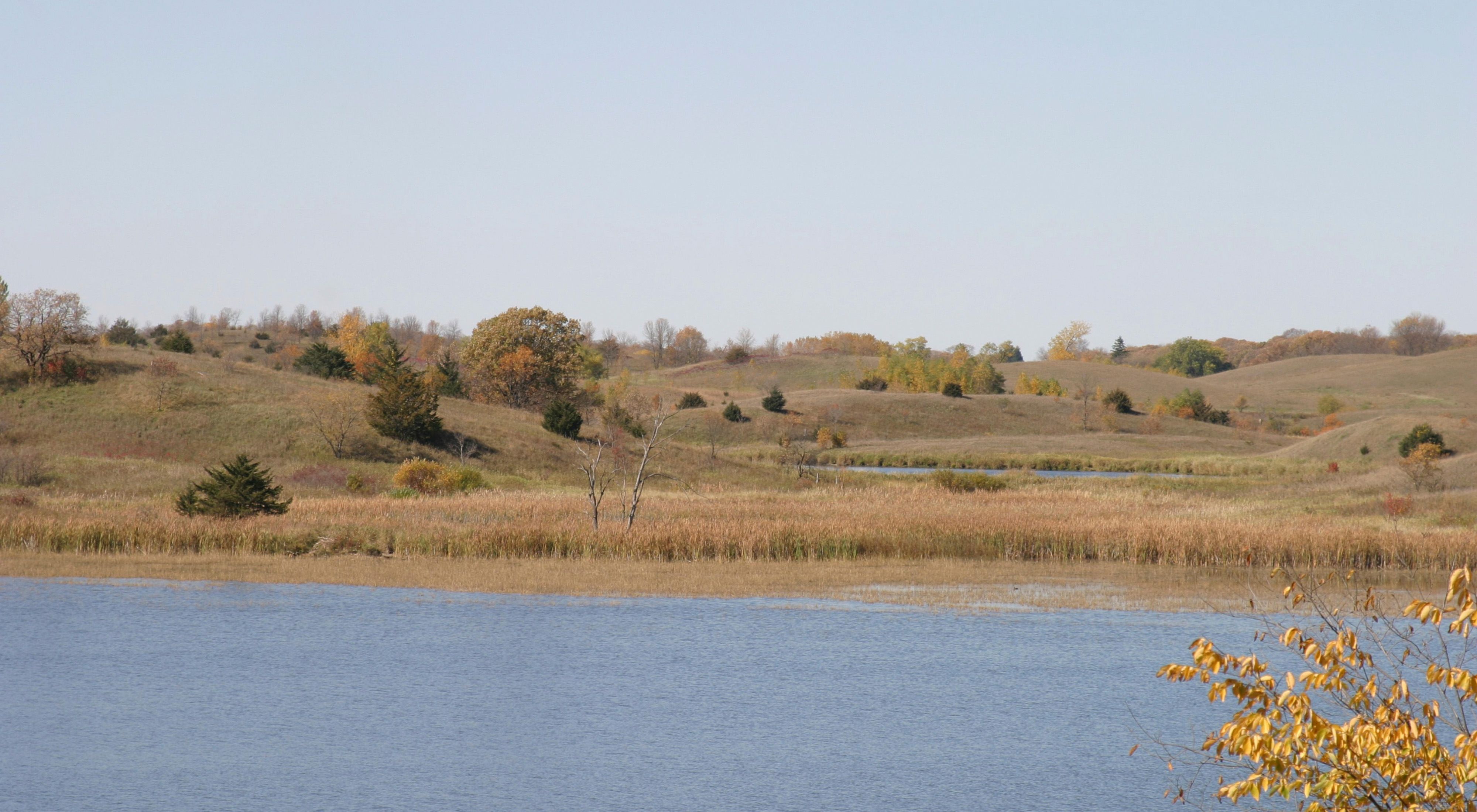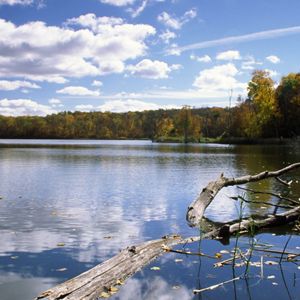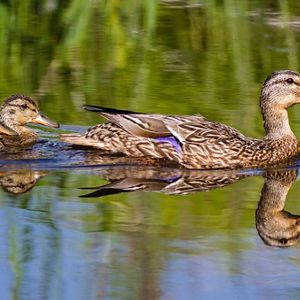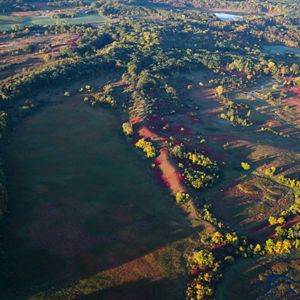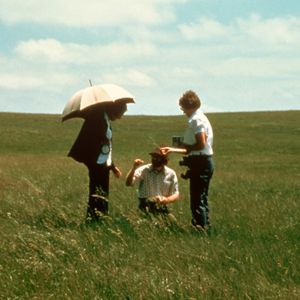Please help us protect our preserves by strictly avoiding the following activities while visiting:
- Use of motorized vehicles of any sort, including ATVs, motorcycles and snowmobiles, except on public roads
- Biking and mountain biking
- Camping
- To protect sensitive natural features and as a courtesy to other visitors, pets—as a general rule—are prohibited.
- Carrying of firearms or archery equipment on preserves closed to hunting
- Dumping of refuse
- Feeding animals, including birds or fish
- Fires or gathering of firewood
- Horseback riding
- Introducing exotic plant or animal species (those that are not native to a particular area)
- Picking or digging up any tree, shrub, flower, grass, or removing any rocks, minerals or prehistoric or historic artifacts
- Prospecting for minerals or metals
- Picking of berries, nuts or mushrooms for other than personal use
- Placement of permanent structures including deer stands
- Target practice
Policy on Dogs at Preserves
To protect sensitive natural features and as a courtesy to other visitors, pets—as a general rule—are prohibited.
- Service dogs are allowed at all preserves in Minnesota.
- Hunting dogs are allowed only during hunting season at Minnesota preserves that are open to hunting.
- All other dogs are otherwise prohibited from Conservancy preserves.
Precautions
- Do not remove any stakes, signs or other objects—they may be part of a research project.
- Use trails and firebreaks where these are present. Do not make new trails.
- Because seeds stick to shoes and clothing, you may introduce weeds into the preserve without knowing it. Inspect pant legs and shoes to remove seeds before entering.
- Avoid walking on boggy, wet areas—they are more sensitive to the effects of foot traffic.
- If you flush a ground-nesting bird, stop and avoid walking near the bird’s nest.
- Give wide berth to livestock, which may be grazing on TNC preserves.
- Close any gates that you open.
- The Conservancy conducts prescribed burns to control invasive species. Please be on the lookout for Conservancy burn crews in the spring and fall.
- During the fall hunting season, hunters may be near or on Conservancy property; wear bright, visible clothing.
- Conservancy lands that are designated as Minnesota DNR Scientific and Natural Areas (SNAs) are subject to additional restrictions under state law.
- Be aware of your surroundings; large predators such as bears, wolves and mountain lions may be present on some Conservancy preserves.
Please report problems like trash, damage or broken signage to our Minneapolis office at (612) 331-0700 or minnesota@tnc.org.
Respect Our Neighbors’ Property
A reminder: our preserves are often adjacent to private land. The Nature Conservancy respects and recognizes the rights and responsibilities of private property ownership. Please do not trespass on private property adjacent to Conservancy preserves. Property lines are clearly marked with small yellow signs featuring the Conservancy’s logo.
